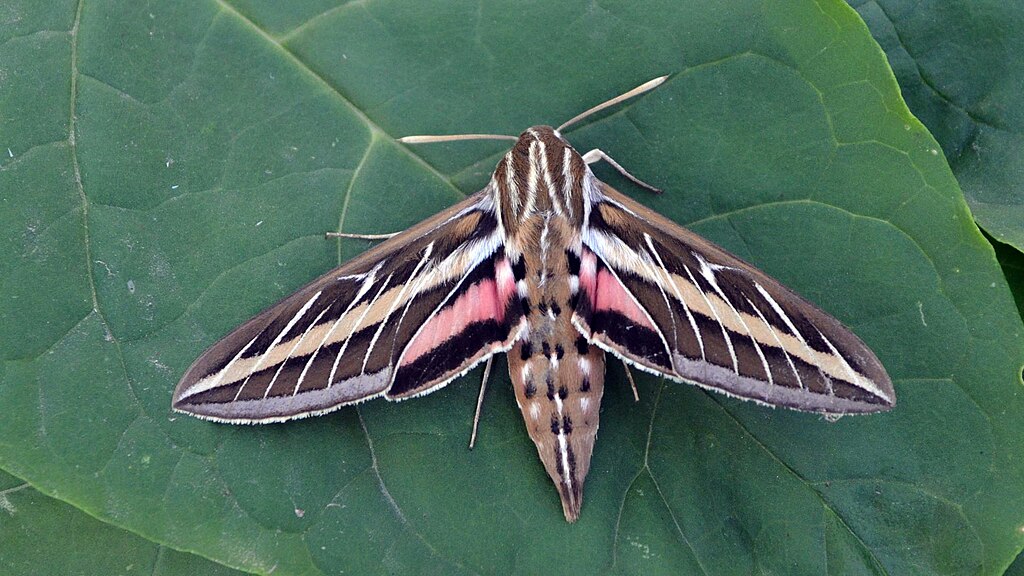Written by Mazz Cummings
Reducing emissions is one of the key strategies to combat global warming and climate change. Emission reductions can also protect precious ecological relationships and processes vital to biodiversity and food security. Ozone (O3) and nitrate radicals (NO3) are both pollutants released from transport emissions, as well as other sources, and have been found to interfere with natural plant-pollinator relationships.
Pollinators are increasingly unable to detect target plants as the scents are being degraded by pollutants like ozone and nitrate radicals. Not only does this pose a risk to biodiversity, but it could also have severe consequences for food production and food security.

What is sensory pollution?
Sensory pollution is the introduction of substances or stimuli to the environment which negatively impact senses such as sight and sound. Scientists have gradually become more aware of the impact of sensory pollution on wildlife behaviour and processes. Light pollution in coastal cities confuses turtle hatchlings, attracting them inland rather than towards the sea, and noise pollution has led to an increase of beach strandings in marine mammals. So far, less attention has been paid to the effect of olfactory, or 'scent' pollution. In the summers of 2017 and 2018, Dr Jeremy Chan and his team conducted several field and wind tunnel experiments in eastern Washington, investigating the impact of air pollution on plant-pollinator relationships, focussing on the impact on scent.
How does pollution impact scent?
The strong floral scent of the pale evening primrose (Oenothera pallida) attracts a rich diversity of pollinators, including Hyles lineata and Manduca nocturnal hawkmoth species. These species were the focus of Dr Chan’s research. Samples from these primroses were taken to analyse the chemical composition of the scent, and how it reacts when exposed to O3 and NO3.
Exposing the floral scent to these pollutants was found to severely degrade vital components of the scent compounds due to oxidation processes. Oxidation occurs when a compound or molecule gains oxygen, fundamentally changing the compound. Two monoterpene compounds, which hawkmoths are particularly sensitive to, were found to be most significantly impacted. O3 caused both of these monoterpenes to degrade by around 30%, and NO3 caused β-pinene to degrade by 67%, and cis-β-ocimene by 84%. This degradation was also found to be correlated with the concentration or length of exposure to pollutants, meaning greater exposure lead to greater scent degradation.

How does degraded scent affect pollination?
Using this information, Dr Chan and his colleagues set out to explore the impact of scent degradation on how often pollinators visited plants, and how this affected fertilisation and fruit set. Consistent with their earlier results, NO3 was found to have a greater impact on Hyles hawk moth visitation, completely eliminating flower visitation, with Manduca hawkmoth visitations reduced by 50%. This severe reduction in visitation was caused by the pollinators inablity to detect or navigate to the plants because of the scent degradation.
The pale evening primrose experienced an overall 70% decrease in pollinator visitation, which was calculated to lead to a 28% decrease in fruit set. This could have disastrous implications for both biodiversity and food security, particularly in areas of high emissions. Team member Joel Thornton states “This is just another reason that we should switch to energy sources that do not involve combustion”.

What are the effects over space and time?
Simulation models were used to look at atmospheric composition to understand how their findings might apply in different geographic regions, on local and global scales, and to understand the distances at which pollinators could recognise these floral scents. Dr Chan and his team also looked at historical data to see how this might have changed over time since the industrial revolution.
Their findings show that scent recognition distances have decreased by 75% or more since the pre-industrial era, to a distance of just 400m. Regions with higher levels of emissions had shorter scent recognition distances than those with lower emission levels, highlighting the importance or reducing emissions.
Final thoughts
The floral scent compounds under investigation in this study are found in all floral scent compounds, not just that of the pale evening primrose, and are vital for pollinator perception and navigation. Joel Thornton says “If we can reduce nitrogen oxides emissions, it’ll be a win for air quality as well as ecosystem functioning and agriculture.” Much work is being done to address emission levels, but more action is needed to avoid the potentially devastating consequences to plant-pollinator relationships.
